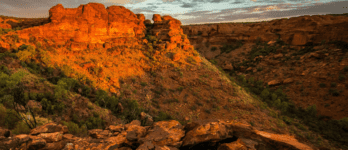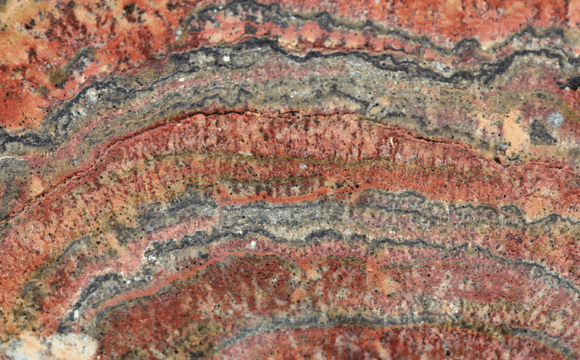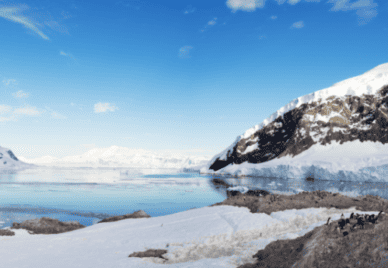
Geoscience Australia (GA) conducts geological research and is the Australian government’s technical advisor on all aspects of geoscience. Since the federation of Australia in 1901 GA, and its predecessor organisations, have amassed a significant collection of microscope slides containing a variety of physical samples from across Australia, Antarctica, and adjacent regions.
These collections were collated either as part of extensive government geological mapping programs or specific scientific expeditions conducted for major Government initiatives. They are open to anyone but are essentially unknown and almost impossible to access. In addition to poor accessibility, the management of these collections was based on an aged card catalogue and ledger system developed in the pre-digital era. The aged management system, with increasing deterioration of the physical media, combined with loss of access to even some of the original contributors meant that rescue work was needed.
The Australian Research Data Commons (ARDC) and GA have a significant history of collaboration, with the shared commitment to making GA’s research outputs more findable, accessible, interoperable and reusable. From operating as early adopters and collaborators of many ARDC services to being partners in several ARDC funded projects, they’re also members of numerous ARDC facilitated Interest Groups and Communities of Practice. The ARDC’s Research Data Australia harvests GA’s metadata and it is vital that the ARDC supports GA in extending the reach and discovery of these physical samples and the associated data.
However, the extensive nature of the collection and the diverse and often remote source locations meant that the cost of recreating the collection, if possible, would be around $100 million. Without that type of funding, GA began looking to other ‘non-traditional’ means to rescue the data – a volunteer effort.
To aid this activity, Atlas of Living Australia (ALA), in collaboration with the Australian Museum, developed a tool called DigiVol. The tool was the perfect crowdsourcing platform for digitising data, including the transcription of historic scientific records. DigiVol was used to crowdsource the transcribing of thousands of handwritten paper entries and descriptions. The text and captured data made them digitally findable and accessible. The metadata and provenance information was harvested by GA from ALA’s DigiVol database, and is now accessible to researchers.
As a result, the users of DigiVol have now gone onto catalogue close to 100,000 physical slides and have provided the slide metadata over the internet via web services. GA was also able to leverage the DigiVol tool for other data rescue projects such as:
- Field Notebooks — GA is about to start using DigiVol to transcribe some of their historic Papua New Guinea field notebooks
- working to recover historic aerial photographs — volunteers are cataloguing physical images and also scanning negatives and geolocating them.
Even though digitisation is a vital element in preservation, few organisations are able to fund the rescue of high value assets. This approach outlines a robust and proven method for other research institutions or facilities facing similar scenarios.
To learn more about this process, come along to the dedicated webinar “Rescuing a valuable collection using non-traditional means” on Thursday, 2 Apr 2020 from 12 noon–1pm (AEDT) hosted by the ARDC. This webinar will examine the process undertaken and advocates the approach that has made it successful. You can also read a snippet of the publication on the paper describing the project through Data Science Journal, by co-author Martha Maiden Award winner Dr Lesley Wyborn, who was a strong supporter of the project.
Categories
Research Topic
Related Case Studies






